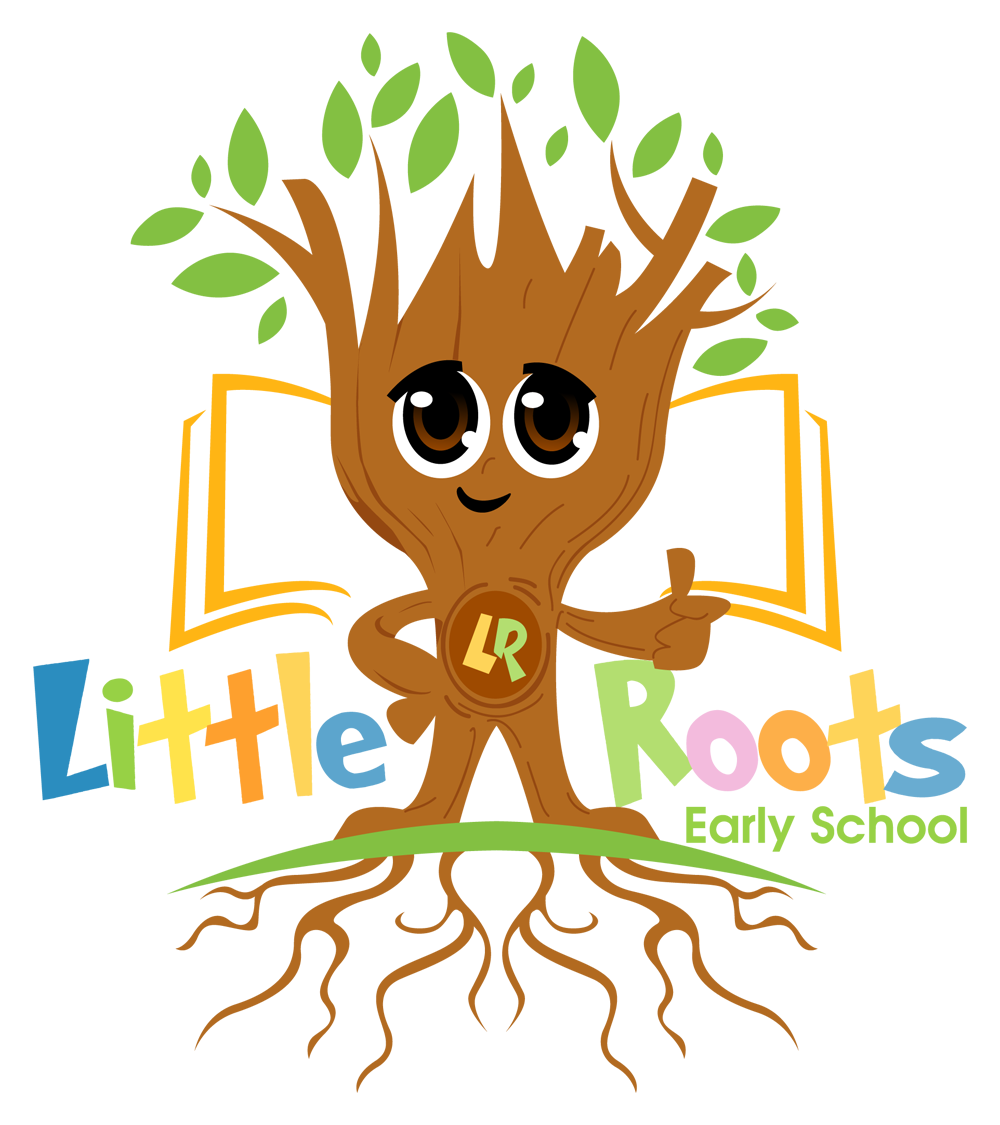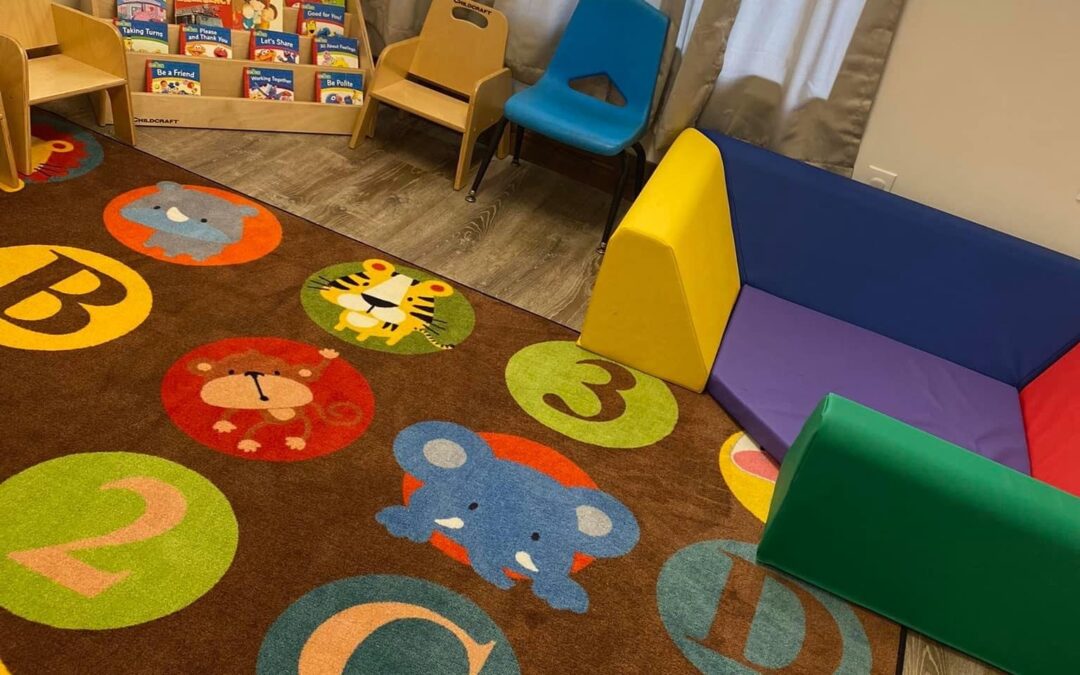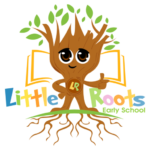The LRES Two-Year-old program is designed to help children develop a sense of security and well-being, learn basic skills such as language acquisition, control their bodies during physical activity—and gain confidence.
Children will experience a loving and stable relationship in an environment that promotes physical, emotional, social, and cognitive development. At the same time, they'll be exposed to an accelerated curriculum:
-
2 year old program guide
Introduction
The school year is quickly approaching, and you are probably wondering what the next 2 years will bring for your children. Our Early Childhood Program is designed to meet the intellectual, physical and social needs of each child in a fun and safe environment.
Introducing the children to each other
Introduce the children to each other. Introduce them to the classroom. Introduce them to their teachers.
Introduce them to the rules and routines of daycare, which might be different from those at home or in preschool.
Group activities that help children grow in all areas of development
Our activities are designed to promote the growth of each individual child, providing opportunities to learn new skills and explore their surroundings. Not only are we increasing their ability to communicate with others, but our programs also help them develop cognitive skills like problem-solving and critical thinking. These types of educational experiences provide a solid foundation for children as they enter school, giving them an advantage over peers who have not received similar exposure.
The following are examples of some activities that we use in our daycare program:
-
Exploring new materials - Children will play with toys and tools they have never seen before while you guide them through learning activities such as sorting items into different categories based on shape or color. This type of activity helps give children an early introduction to topics such as science or math by having them experiment with different ways of grouping objects together under certain characteristics so that they can discover patterns about how things work together.
-


